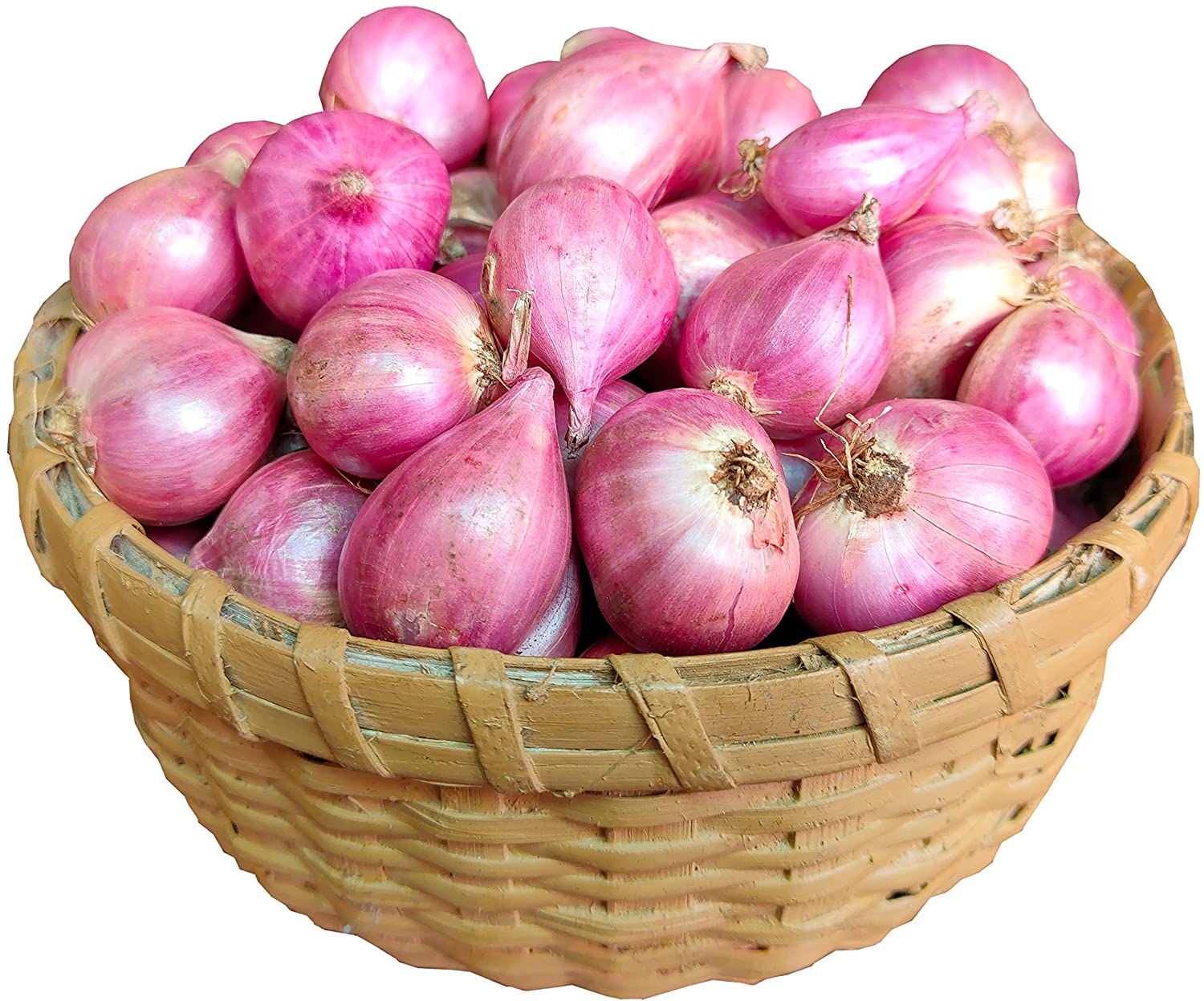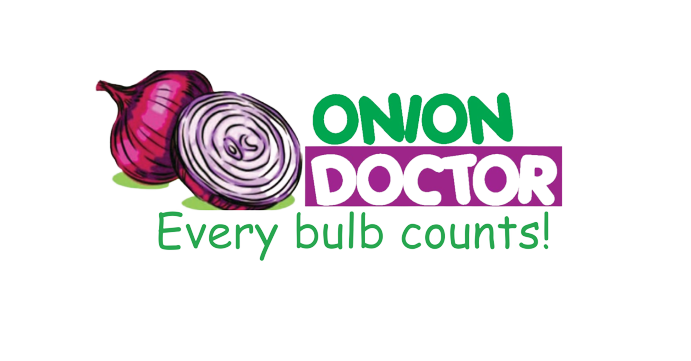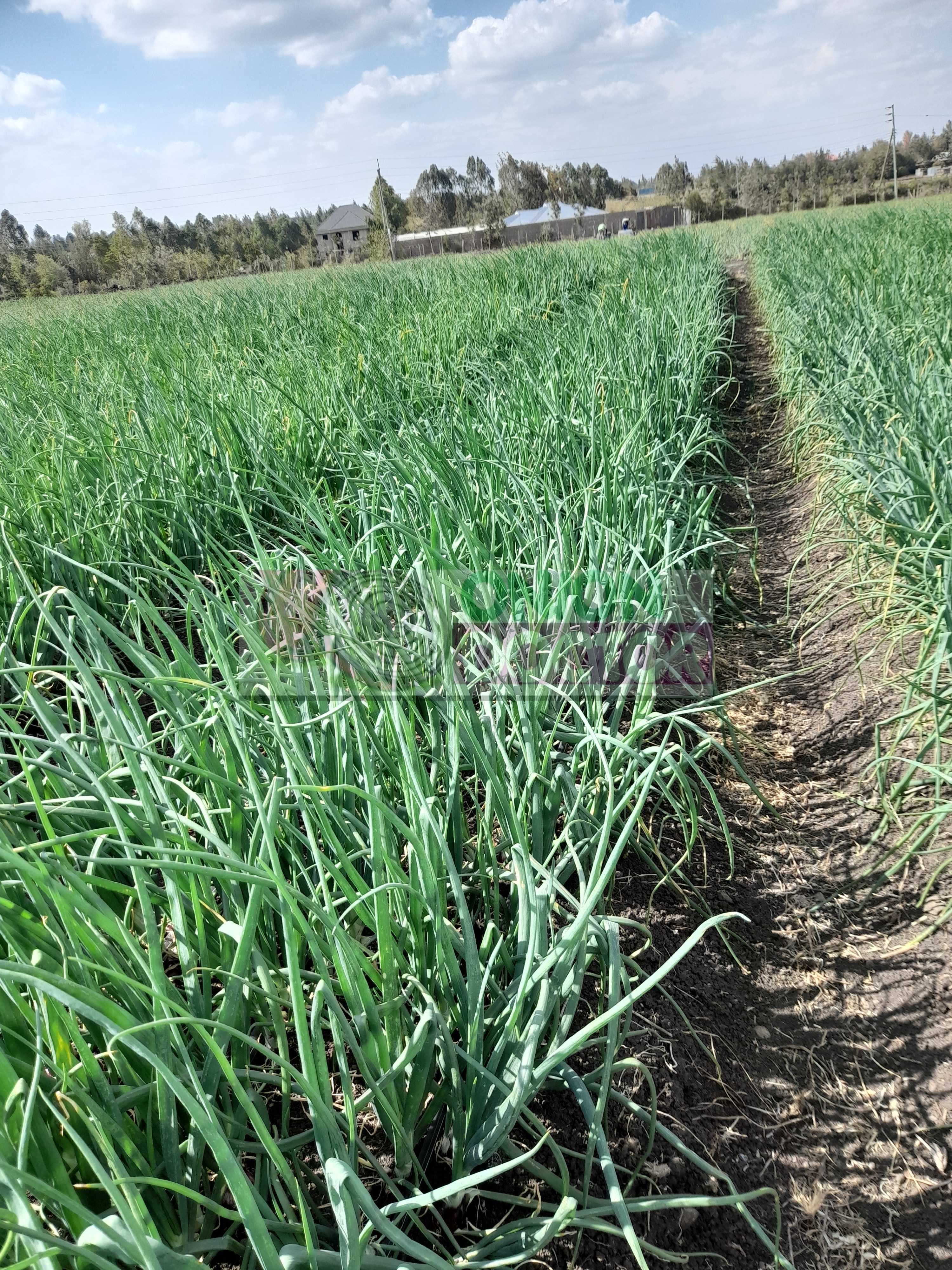Onion Farming in Kenya; Commercial Onion Farming in Kenya.

Are you in need of in-depth knowledge on onion and garlic production? If yes, we are a call away. Our service chatter includes: Onion seedlings, Garlic seedlings, Farm planning services, Soil testing, Drip irrigation installation and maintenance, Agronomic support, Onion and Garlic value pack and Farm management. For free consultation, placing orders or booking a visit with an agronomist, please contact us via Call or WhatsApp +254703982228, Email: Info@oniondoctor.co.ke.
Introduction:
Bulb Onion is one of the most widely grown & consumed vegetables in Kenya. It is a biennial plant but considered an annual because it is harvested in its first growing stage. It is a profitable crop. However, it requires a lot of labor during transplanting and weeding.
It is an important spice for foods when cooked or served raw. It is rich in Calcium, Iron, Potassium, Vitamin B6 & B9, Vitamin E and has medicinal properties. Nearly each household consumes at least two bulb onions in a day.
Bulb onions do well in a hot, low humid environment. The growing season has 6 weeks in the nursery and 12 weeks in the main field. They do well under irrigation, where optimization and precision is achieved. The market size is estimated to be 122 million tonnes per year (AFDB Data). The market/farm gate price ranges from Sh.25 Ksh-90 Ksh, depending on supply and demand forces. Only 30% of the onions consumed in Kenya are produced locally thus there’s a huge demand for production and trade.
Common varieties
Kenya is known for its diverse onion production, with several onion varieties grown throughout the country. The choice of onion variety depends on factors such as market demand, growing conditions, and desired characteristics. Here are some popular onion varieties grown in Kenya:
Optimal Ecological Requirements
Altitude: Onion can be cultivated up to 1,900 m above sea level
Rainfall: Onions require well-distributed rainfall of between 500 and 700 mm during the growing period. Dry spell is needed at maturity. However, when irrigation is factored in, onion can be grown any time of the year.
Temperature: The optimum temperature for growth is 15 – 30°C . If the temperature exceeds 30°C , maturity is hastened & small bulbs are produced, consequently lowering the yields. When the temperature is low, growth is slowed or the plant may result in flowering. Cold weather is also associated with increased leaf diseases.
Soil: Onions require fertile and well-drained soil. The optimum pH range is 6.0 – 6.8. Sandy to silty loams with fine tilth are adequate. We recommend conducting a soil test prior to planting so as to do the necessary soil corrections.
Key pointers on production
https://www.oniondoctor.co.ke/blog/post-10/
Profitability of Onion Farming/Acre
The profit per acre in onion farming can vary depending on various factors such as yield, market prices, production costs, and management practices. It's important to note that onion farming profitability is influenced by specific circumstances and market dynamics. However, we can provide you with a general estimate based on average yields and market prices.
Based on these factors, here's a simplified example calculation of onion profit per acre: Estimated yield: 18 tons (18,000 kilograms) Market price: KES 50 per kilogram Total revenue: 18,000 kg x KES 50/kg = KES 900,000 Production costs: Let's assume the production costs amount to KES 300,000 per acre. Profit: Total revenue - Production costs = KES 900,000 - KES 300,000 = KES 600,000
Please note that this is a simplified example, and actual profitability can vary based on specific circumstances, market conditions, and individual farm management practices. It's crucial to conduct a detailed financial analysis considering your specific costs, yields, and market prices to estimate the profitability accurately for your onion farming venture.
Onion Doctor supports small holder farmers across Africa with quality and affordable Onion and Garlic seedlings, Onion seedlings, Farm planning services, Soil testing, Drip irrigation installation and maintenance, Agronomic support, Onion and Garlic value pack, Farm management, E-extension and on-farm training for farmers to optimize on yields and get maximum profits.

